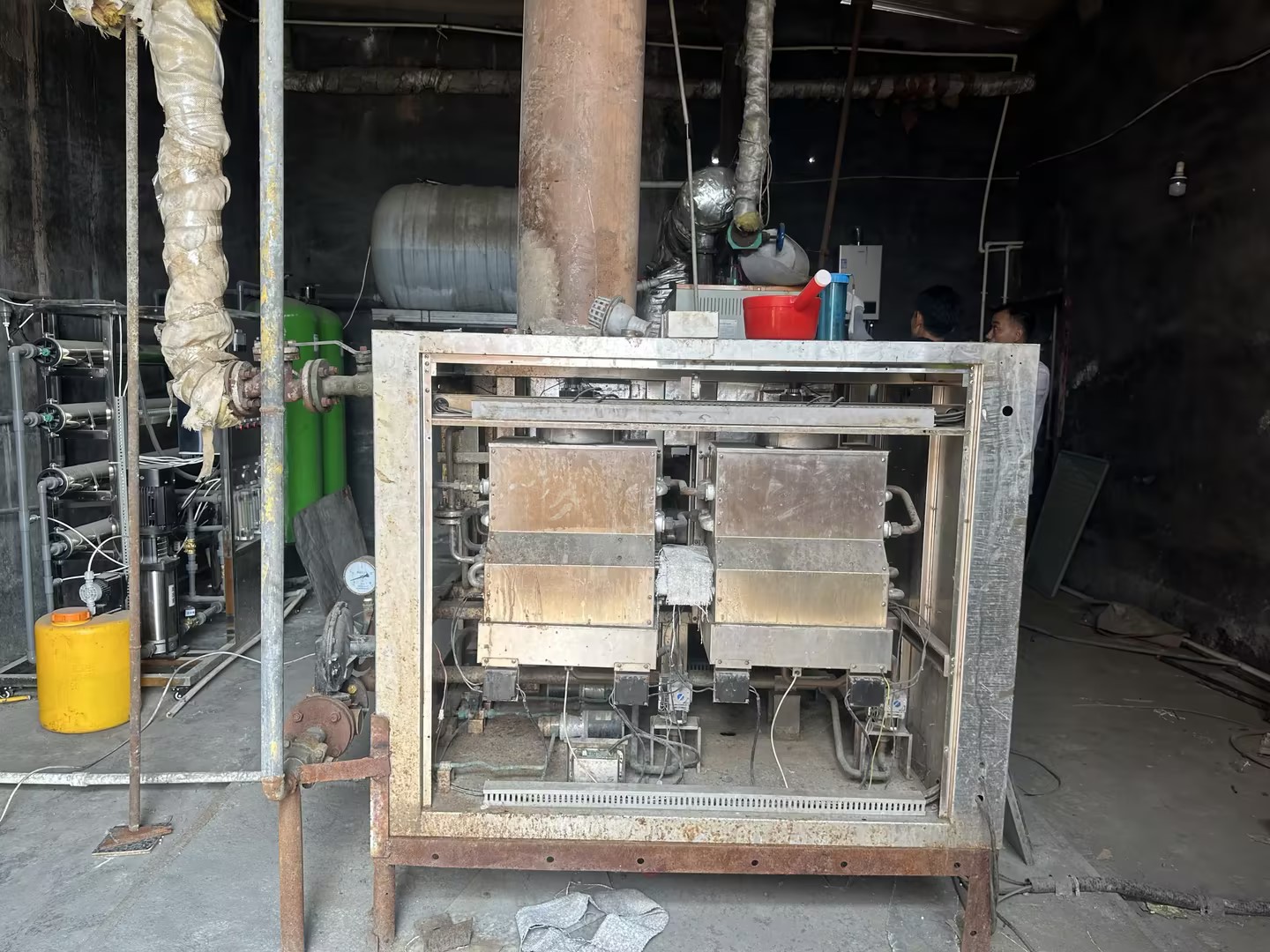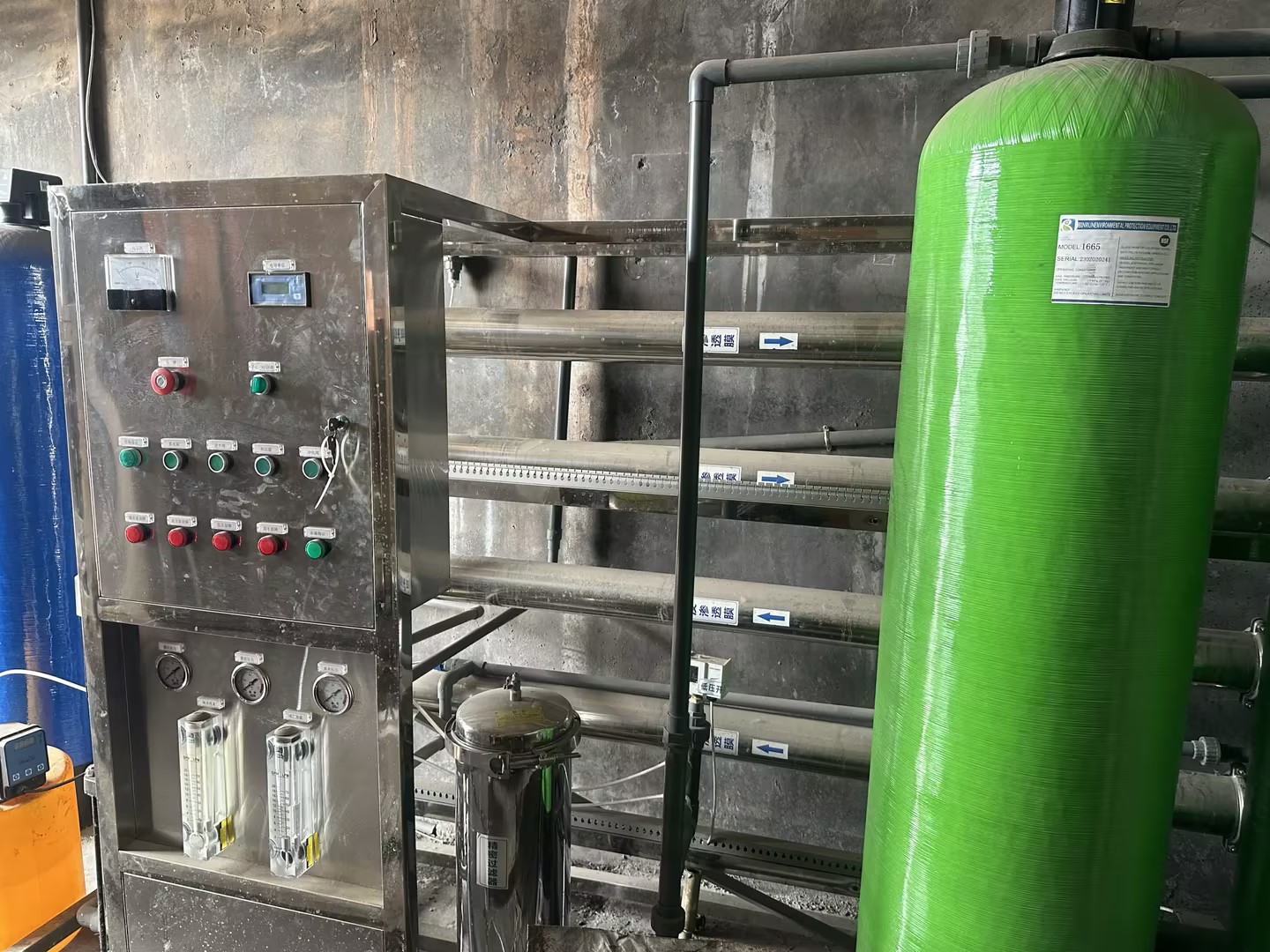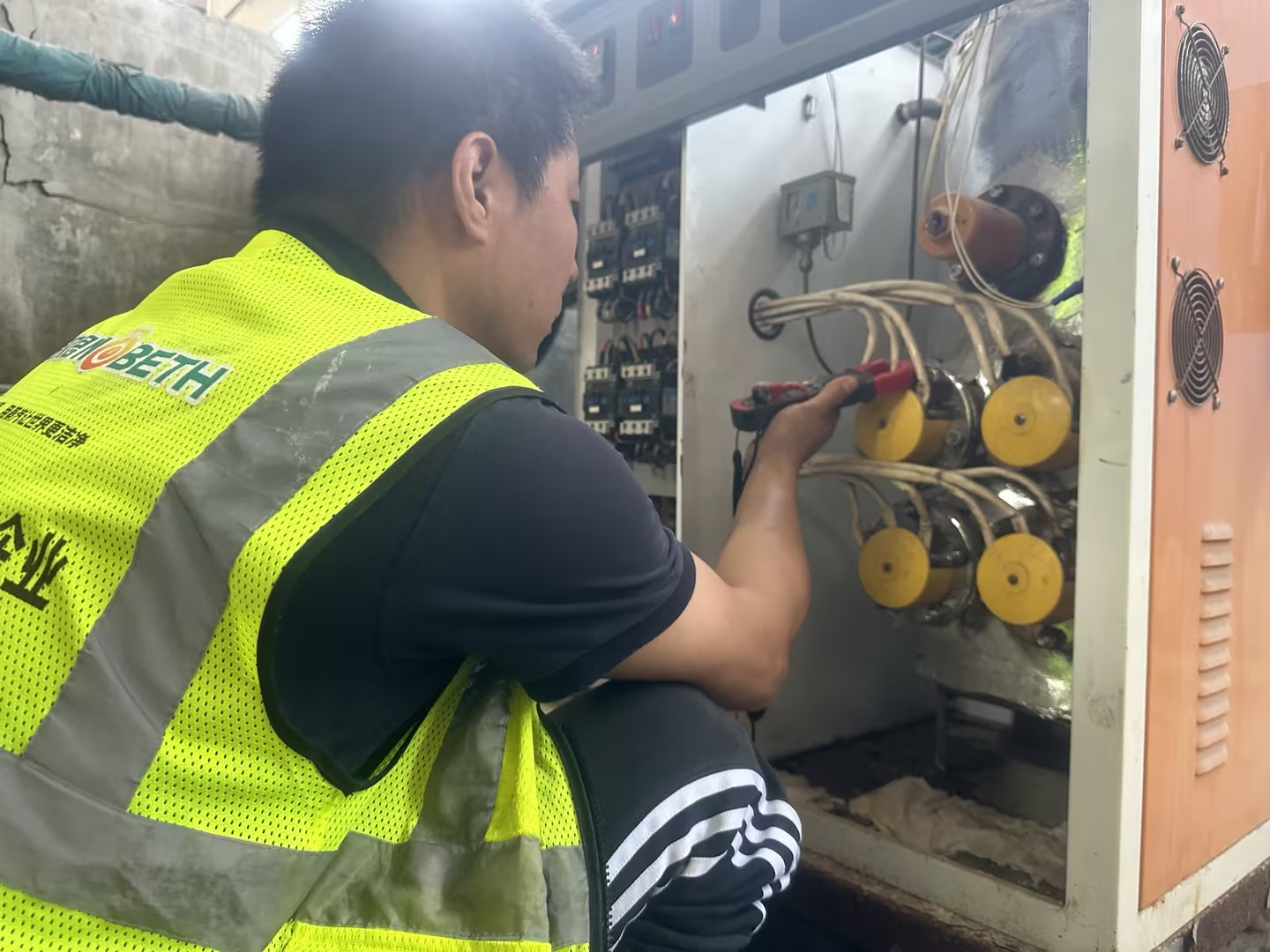steam generator for fruit drying
Fruit is known to generally have a short shelf life and is prone to spoilage and rotting at room temperature. Even if refrigerated, it will only keep for a few weeks. In addition, a large number of fruits are unsalable every year, either rotten on the ground or on the stalls, so fruit processing, drying and resale have become the main sales channels. In fact, in addition to direct consumption of fruits, deep processing is also a major trend in the development of the industry in recent years. In the field of deep processing, dried fruits are the most common, such as raisins, dried mangoes, banana chips, etc., which are all made by drying fresh fruits, and the drying process cannot be separated from the steam generator.

When it comes to fruit drying, many people may only think of sun drying or air drying. In fact, these two are just traditional fruit drying techniques. Under modern science and technology, in addition to air-drying and sun-drying, steam generators are the most commonly used drying methods for fruit drying, which can maximize drying efficiency and reduce the loss of nutrients. In addition, dried fruit manufacturers no longer need to watch the weather to eat.

Drying is the process of concentrating the sugar, protein, fat and dietary fiber in the fruit. Vitamins are also concentrated. When dry, heat-stable nutrients such as vitamin C and vitamin B1 are almost completely lost from exposure to air and sunlight. The steam generator for fruit drying generates steam quickly, intelligently controls the temperature and provides energy as needed. It can heat evenly. When drying, it can avoid the damage of high temperature to the nutrients, and largely retain the flavor and nutrition of the fruit. If such a good technology can be widely used in the market, it is believed that fruit waste can be greatly reduced.
